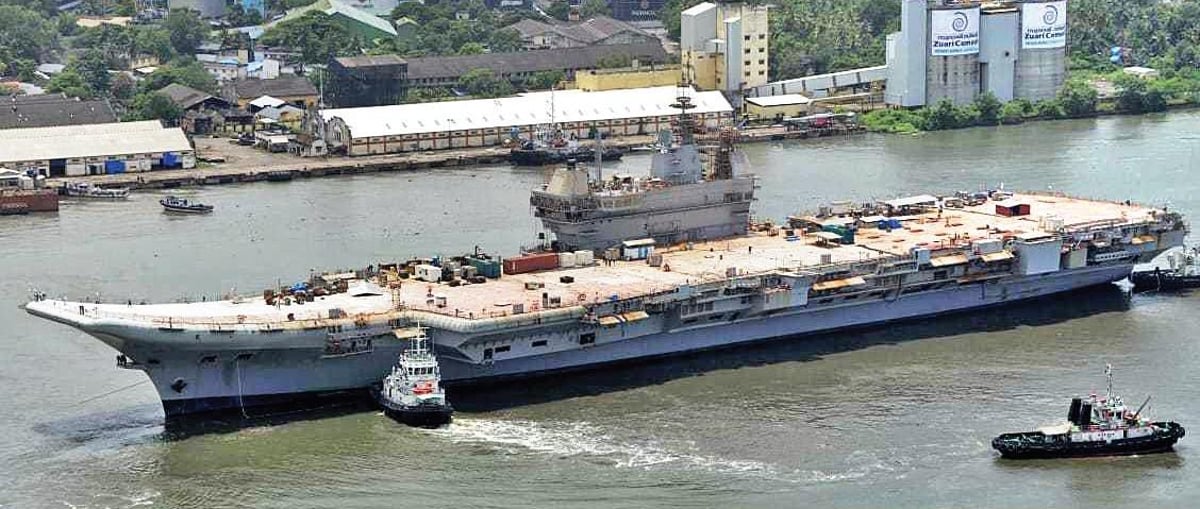Well sir , The Indian Navy has historically been a sea controlling Navy. It had risen to prominence in the Indian ocean region as early as the late 1950's by inducting aircraft carriers, cruisers, destroyers and other blue water craft at a time when all other regional navies were little more than coastal defence forces. I think I got my answer . Your valuable input was greatly appreciated.
View attachment 68427
Well above is estimated fleet strength under various options that the Indian Navy could follow to maintain submarine numbers, considering that 2 P75I boats are commissioned by 2030.
And with all due respect as to defence budget decrease , I asked this question during my cds lectures about pegging Defence expenditures as a % of GDP . I was told that since Defence is one of several items that the Central Government spends on, even this small % difference in the rise of India’s GDP vs CGE means it is hard to maintain Defence Expenditures as a fixed % of GDP. If one excludes Pensions from the Core Defence Expenditures then a rising Pensions bill also adds more stress to this goal of some of maintaining a fixed % of GDP spending. A better and more realistic metric (instead of % of GDP) to judge Defence spending would as a % of CGE (Central Government Expenditures).Also he told that India’s defence expenditure is compared with other nations in terms of % of GDP which have a much higher tax to GDP Ratio. However, long term the only sure shot way of protecting India’s national interest is rapid economic growth over the next few years. As India’s GDP grows, the CGE and its Defence Budget will also grow automatically with it. A faster growth of the Indian economy gonna allow more room for the government of the day to give healthy increases for the Defence Budget .

